DATA SOURCE(S): 1,5,10,14,36
Common Name(s): Mansonia
Scientific Name: Mansonia altissima
Distribution: West tropical Africa
Tree Size: 100-130 ft (30-40 m) tall,
2-3 ft (.6-1 m) trunk diameter
Average Dried Weight: 41.2 lbs/ft3 (660 kg/m3)
Specific Gravity (Basic, 12% MC): 0.55, 0.66
Janka Hardness: 1,390 lbf (6,160 N)
Modulus of Rupture: 17,370 lbf/in2 (119.8 MPa)
Elastic Modulus: 1,658,000 lbf/in2 (11.43 GPa)
Crushing Strength: 8,030 lbf/in2 (55.4 MPa)
Shrinkage: Radial: 4.6%, Tangential: 7.7%,
Volumetric: 11.9%, T/R Ratio: 1.7
Color/Appearance: Heartwood tends to be a yellowish or grayish brown, with overall mostly bland figuring. Color tends to lighten and fade with exposure to light. Sapwood is yellow to nearly white, about one to two inches wide, and is clearly demarcated from the heartwood.
Grain/Texture: Grain is generally straight, though occasionally interlocked. Texture is fine to medium and uniform, with moderate natural luster.
Rot Resistance: Mansonia is very durable in regards to decay resistance, and is also resistant to termite and insect attack. Mansonia has good outdoor weathering properties.
Workability: With the exception of the sawdust’s deleterious effects on health (see safety info), mansonia is easy to work with both hand and machine tools. It glues, turns, and finishes well, and also has good steam bending properties.
Odor: No characteristic odor.
Allergies/Toxicity: Mansonia is on the short list as one of the worst wood species in terms of toxicity and commonness of allergic reactions. Mansonia has been reported as a sensitizer, and though the most usual reactions simply include eye and skin irritation, the wood dust can also produce a wide range of other effects, including nausea, giddiness, sneezing, headaches, nosebleeds, infected splinters, and asthma-like symptoms. Additionally, both the bark and heartwood have been found to contain cardiac poisons, which can cause heart disorders. See the articles Wood Allergies and Toxicity and Wood Dust Safety for more information.
Pricing/Availability: Most commonly available in veneer form, mansonia can also occasionally be found in board form. Prices tend to be in the mid range for an imported tropical hardwood.
Sustainability: This wood species is not listed in the CITES Appendices, and is reported by the IUCN as being a species of least concern.
Common Uses: Veneer, cabinetry, furniture, boatbuilding, and turned objects.
Comments: Mansonia is sometimes used as an alternative for black walnut (Juglans nigra), though it is seldom seen in North America.
Images: Drag the slider up/down to toggle between raw and finished wood.
A special thanks to Steve Earis for providing a veneer sample, and Justin Holden for providing a wood sample of this wood species.
Identification: See the article on Hardwood Anatomy for definitions of endgrain features.
Porosity: diffuse porous; growth rings sometimes subtly discernible due to decrease in pore frequency in latewood
Arrangement: usually in radial multiples of two to four pores
Vessels: medium to large, few to numerous
Parenchyma: diffuse-in-aggregates
Rays: narrow to medium width, normal spacing; rays generally not visible without magnification
Lookalikes/Substitutes: Mansonia can bear a superficial resemblance to black walnut (Juglans nigra), though the latter is semi-ring-porous.
Notes: Storied structures present.
Related Content:

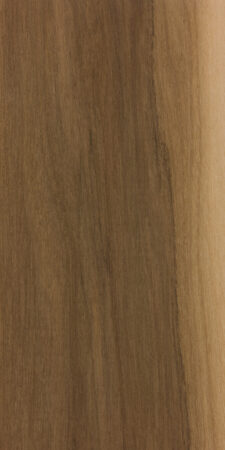
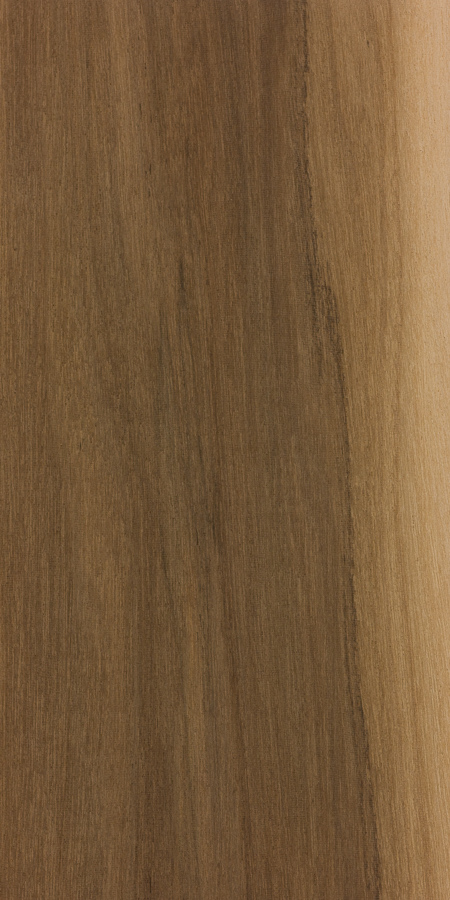
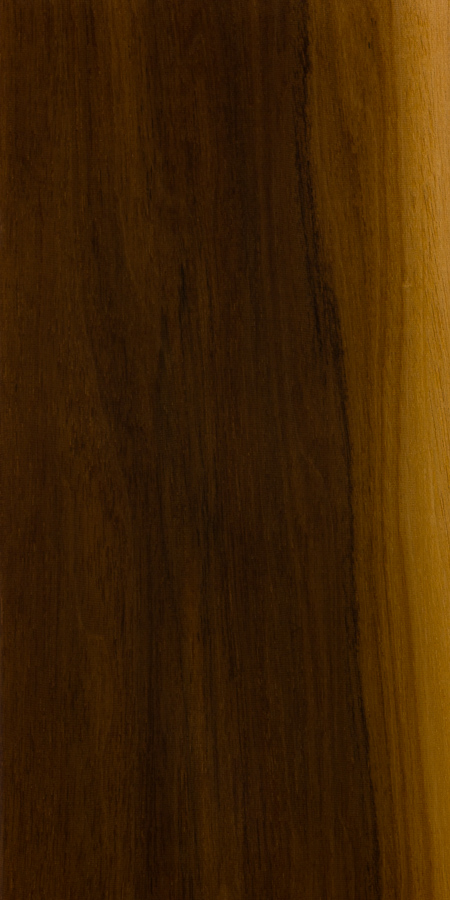
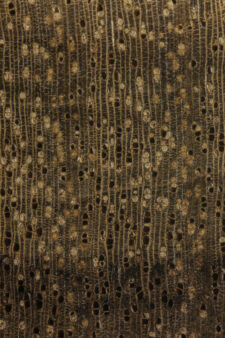

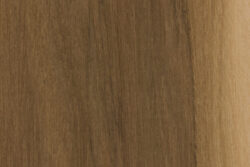

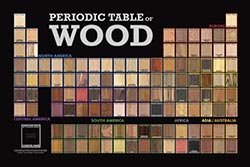





Built a chess table out of this and maple, many years ago. It disappeared in Hawaii when we had a garage sale… sadly
In 1971 I was inducted into the USAF. I was a GMO at a SAC base in NH. I went to the wood working shop and learned how to use power tools and table saws. I was pretty good with my hands and my wife showed me a sofa table. I want to the local lumber yard and the salesman sold me mansonia which he called African walnut. I made tea sofa table which was beautiful. The wood was not hard to work but I finished it with oil based varnish which took a couple of weeks to dry. I… Read more »
what method is used in the wood conversion of mansonia
I made a coffee table in mansonia at school and won the 4th year carpentry prize the table was worked to a very fine french polish finnish with many weeks of sanding this was in 1958 I am now 78 and had a pre opp for a minor operation and was found to have a Asymptomatic left bundle branch block They found no evidence of any previous heart attack Does anyone know if there could be any link sanding Mansonia also in my life as a carpenter i used Greenheart three times forming beams out of reclaimed timber using a… Read more »
I don’t know about these medical questions, but you could ask your doctor. The general compound in mansonia that generates the cardiac problems is a class of compounds know as “cardiac glycosides.”
Also while at high school in 1958/9 I made a hexagonal sliding-folding top coffee table of mansonia, I still have it in my conservatory 60 years later. My father managed a pub and had the bar area and counter top refurbed. The ‘French polishers’ to the bar counter repolished my coffee table and it looks as good as new.
Whilst at secondary school in 1961/62 I made a magazine rack with two end pieces of Mansonia. I spent quite a few weeks sanding it before French polishing and after each lesson I felt as if I had developed a cold. It was beautiful timber which the teacher told me was nicknamed “stinkwood”
While at secondary school in 1955 I made a coffee table top from Mansonia. Decades of use and abuse by me and 3 boys and it’s still going strong.